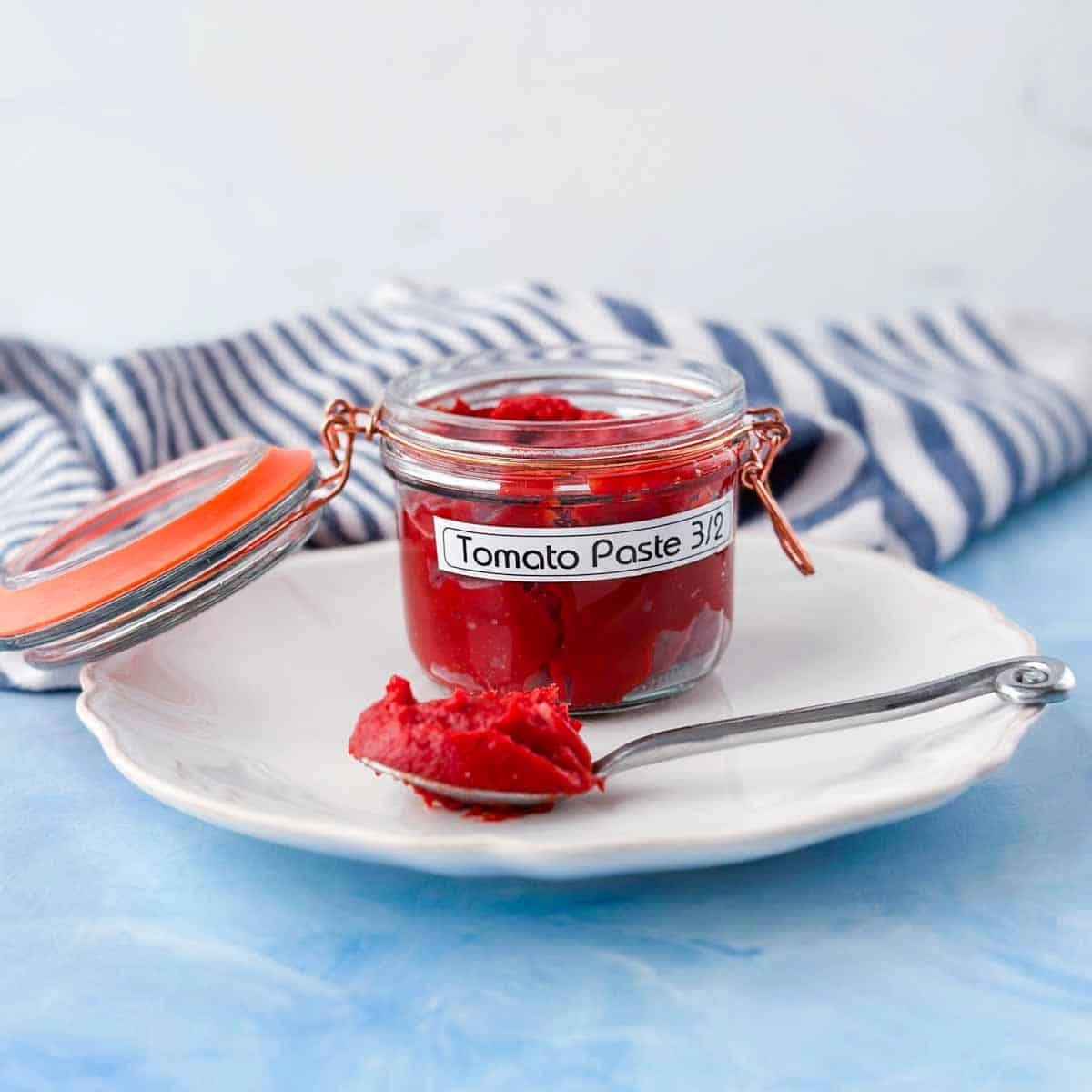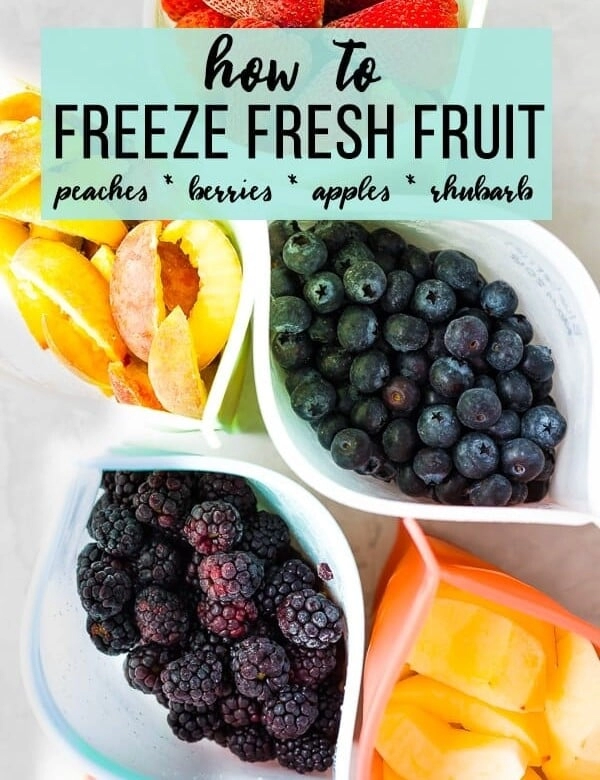If you’ve ever opened a can or tube of tomato paste and wondered where to store tomato paste to keep it fresh and flavorful, you’re not alone. Storing tomato paste properly isn’t just about convenience—it’s key to preserving its rich taste, extending shelf life, and keeping your kitchen safe from spoilage.
In this guide, we’ll break down the best ways to handle both opened and unopened tomato paste, including whether to refrigerate, freeze, or keep it at room temperature. Plus, you’ll get practical tips on containers, shelf life, and avoiding common mistakes that can ruin your tomato paste.
Ready to make your tomato paste last longer and taste better? Let’s get started with expert tips from Taichy Food that every home cook should know.
Understanding Tomato Paste Packaging and Its Impact on Storage
Tomato paste comes in various types of packaging, and understanding these can help you store it properly. Common packaging includes cans, glass jars, sachets, and drums, each affecting how you should handle and store the product.
- Canned Tomato Paste is vacuum-sealed, which keeps it fresh and shelf-stable until opened. It can be stored in a cool, dry pantry but must be refrigerated once opened to prevent spoilage.
- Glass Jar Packaging often comes with resealable lids, making it easier to store and preserve after opening. Glass is non-reactive, which helps maintain the taste and quality.
- Tomato Paste Sachets or single-serve packs are convenient and usually airtight, designed for one-time use. They have a longer shelf life when unopened.
- Drum Packaging is mainly for commercial use, typically stored in cool, dry warehouses.
Packaging type affects shelf life and whether refrigeration is necessary once opened. Proper storage starts with knowing the package and following specific guidelines to keep your tomato paste fresh and safe to use.
How to Store Unopened Tomato Paste

Unopened tomato paste is pretty simple to store, but a few key tips can help keep it fresh longer. Most tomato paste comes in cans, sachets, or drums, and each packaging type protects it well from light and air until you’re ready to use it.
Here’s how to store unopened tomato paste:
- Keep it in a cool, dry place: A pantry or kitchen cabinet away from heat sources and direct sunlight works best. High temperatures can shorten the shelf life or affect the quality.
- Avoid moisture and humidity: Storing tomato paste in a damp area can cause rust on cans or damage sachets, which may lead to spoilage.
- Check expiration dates: Even though unopened tomato paste lasts a long time (often 12-18 months), it’s good to keep an eye on the tomato paste expiration date on the packaging.
- Store upright: Cans and drums should be kept upright to avoid potential leaks or damage to the seal.
If you’re interested in bulk or specialty packaging options, Taichy Food offers various products like canned tomato paste and sachets. For example, check out their 250g tomato paste sachet — it’s convenient, sealed fresh, and perfect for easy storage.
Following these simple tips will ensure your unopened tomato paste stays ready to use whenever you need it.
Storing Opened Tomato Paste Safely
Once you’ve opened a can or tube of tomato paste, proper storage is key to keeping it fresh and safe to use. The first step is to transfer the leftover paste into an airtight container. Avoid storing tomato paste in the opened can, as exposure to air can cause it to spoil faster and develop off-flavors.
Here are some quick tips for storing opened tomato paste safely:
- Use a glass or BPA-free plastic container with a tight-fitting lid to prevent air and moisture from getting in.
- Refrigerate tomato paste immediately after transferring it to the container. Keeping it cold slows down bacterial growth and extends shelf life.
- Try to use the opened tomato paste within 5 to 7 days. Although refrigeration helps, it won’t last indefinitely.
- For extra protection, cover the surface of the paste with a thin layer of olive oil before sealing. This limits oxygen exposure.
If you want to learn more about tomato paste shelf life and storage safety, this guide from Taichy Food is super helpful.
Following these simple steps ensures your tomato paste stays fresh, tasty, and safe for your next recipe.
Advanced Tips for Storing Opened Tomato Paste

Once you’ve opened tomato paste, keeping it fresh and safe is key. Here are some advanced tips to get the best shelf life and flavor:
- Use airtight containers: Transfer the leftover tomato paste from the can into a small airtight container or glass jar. This prevents exposure to air, which can cause spoilage and off-flavors.
- Cover the surface: Before sealing, smooth out the tomato paste and press a piece of plastic wrap directly onto the surface. This extra barrier helps keep oxygen out.
- Keep it cold: Store opened tomato paste in the fridge at or below 40°F. This slows bacterial growth and preserves freshness.
- Label it: Write the date you opened the paste on the container. Tomato paste shelf life opened in the fridge is around 5 to 7 days, so you’ll know when it’s time to toss.
- Avoid cross-contamination: Always use a clean spoon when scooping out tomato paste. Double dipping can introduce bacteria that spoil the paste faster.
- Smaller portions: If you use tomato paste regularly, consider dividing it into smaller containers right after opening. This way, you only open what you need and keep the rest sealed tight.
Following these tips will keep your tomato paste fresh longer and safer for cooking. It’s a simple way to avoid waste and get the most out of your tomato paste.
How to Freeze Tomato Paste Correctly

Freezing tomato paste is one of the best ways to extend its shelf life once opened. Here’s how to freeze tomato paste correctly to keep it fresh and avoid waste:
- Portion it out: Spoon the tomato paste into ice cube trays or small airtight containers. This makes it easy to thaw just the amount you need.
- Cover well: If using trays, once frozen, pop the cubes out and store them in a freezer-safe ziplock bag or container to prevent freezer burn.
- Label your containers: Write the date on the packaging so you can keep track of how long it’s been stored.
- Freeze quickly: Place the tomato paste in the coldest part of your freezer to freeze it fast and maintain quality.
- Use within 3 months: Frozen tomato paste stays best for about 3 months; after that, flavor may start to decline.
When you need some for cooking, thaw only the cubes or portions you’ll use right away—no need to defrost the whole batch. Freezing is a smart way to preserve tomato paste without sacrificing flavor or texture.
Frequently Asked Questions
Can you store tomato paste in the fridge after opening?
Yes, once opened, tomato paste should be stored in the fridge to keep it fresh and prevent spoilage. Use an airtight container or cover the tube tightly before refrigerating.
How long does opened tomato paste last?
Opened tomato paste typically lasts about 5 to 7 days in the refrigerator if stored properly. Always check for signs of spoilage like mold, off smell, or color changes.
Can you freeze tomato paste?
Absolutely. Freezing tomato paste extends its shelf life for up to 3 months or more. Freeze it in small portions using an ice cube tray or airtight containers for easy use.
Is it better to store tomato paste in the can or a different container after opening?
After opening canned tomato paste, transfer it to a glass or plastic container with a tight lid before refrigerating. Storing it in the can can cause metallic taste and spoilage.
Does storing tomato paste in the fridge affect its quality?
Proper refrigeration keeps tomato paste safe and maintains flavor. However, storing it improperly, like leaving the paste exposed or not covering it well, can dry it out and affect texture.
What’s the best way to store homemade tomato paste?
For homemade tomato paste, store it in sterilized airtight containers or freeze in portion sizes. Label with the date and use within 3 to 4 months for the best quality.
How do I know if tomato paste has gone bad?
Look for mold, sour smell, discoloration, or strange texture. If any of these appear, it’s safer to discard the tomato paste.
This quick FAQ should answer your main questions about tomato paste storage and shelf life. Keeping these tips in mind will help you get the most out of your tomato paste whether it’s canned, homemade, or purchased from a supplier like Taichy Food.
Taichy Food Recommendations for Tomato Paste Storage
At Taichy Food, we know how important proper storage is to keep tomato paste fresh and tasty. Here are our top tips based on years of experience as a leading tomato paste manufacturer serving the US market:
Store unopened tomato paste in a cool, dry place like your pantry or cupboard. Avoid heat and direct sunlight to maintain quality until you’re ready to use it.
Once opened, transfer the tomato paste to an airtight container. Don’t store it in the metal can to prevent any metallic taste and spoilage. Use glass or BPA-free plastic containers designed for food storage.
Keep opened tomato paste refrigerated at all times. This slows down spoilage and keeps the flavor intact. Tomato paste shelf life opened in the fridge is usually 5 to 7 days.
For longer storage, freeze tomato paste in small portions. Use ice cube trays or small freezer-safe containers to freeze manageable amounts. This prevents waste and makes it easy to thaw just what you need.
Pay attention to expiration dates and storage safety tips. Even with proper storage, tomato paste can expire. When in doubt, check for off smells, mold, or discoloration before using.
Following these simple storage guidelines from Taichy Food ensures you get the best taste and quality out of every can, sachet, or drum of tomato paste. Whether it’s double concentrated or aseptic tomato paste, proper storage helps you make the most of your purchase without sacrificing flavor or safety.

